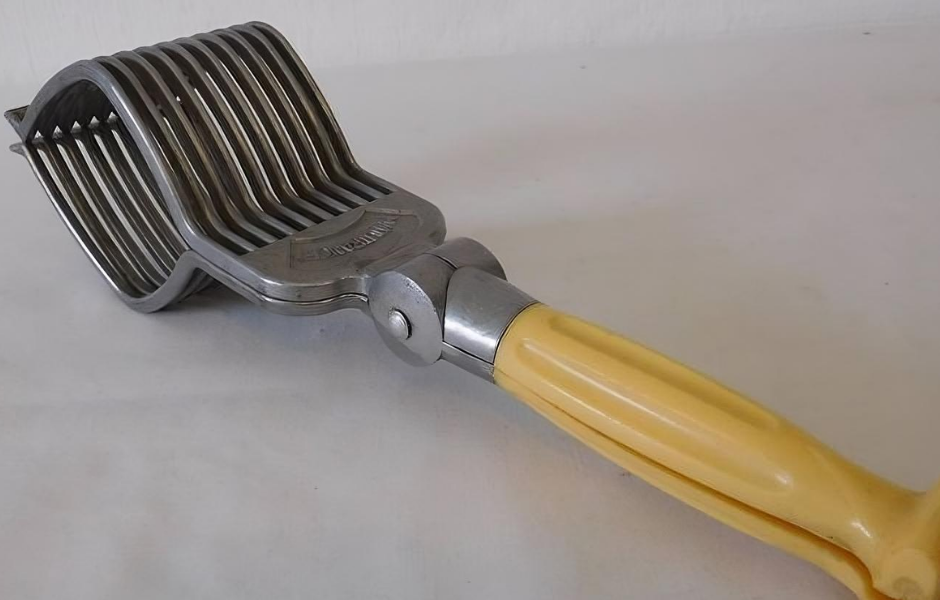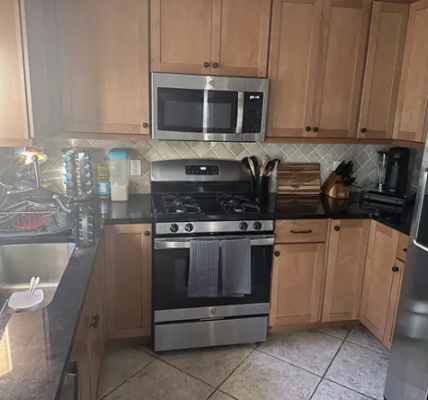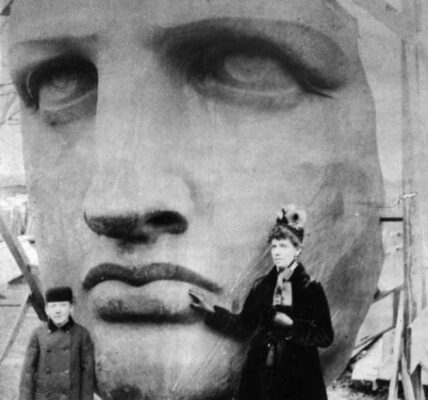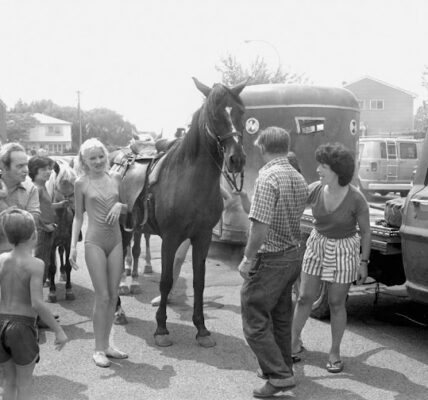Vintage meat cutters, often known as meat slicers or holders, hold a significant place in the history of culinary technology. These iconic machines emerged during the late 19th and early 20th centuries, transforming how meat was sliced and served in delis, butcher shops, restaurants, and even homes. This article explores the history, evolution, usage, and enduring legacy of vintage meat cutters, tracing their journey from manual innovations to collectibles in the modern era.
Early Origins of the Vintage Meat Cutter
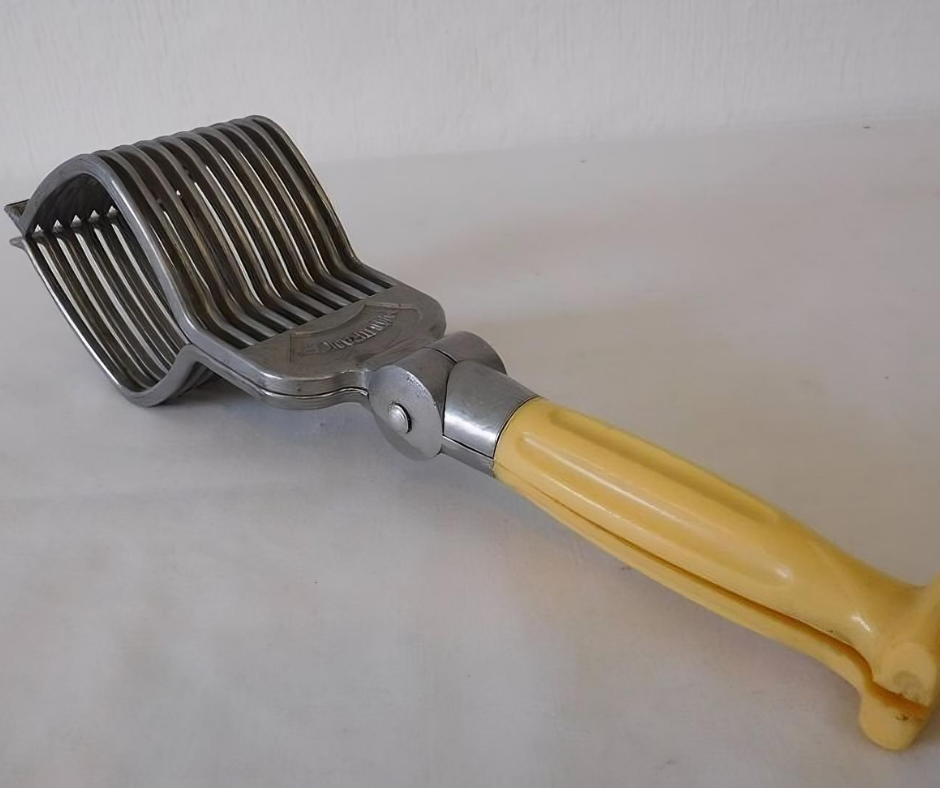
The story of the vintage meat cutter begins in the bustling butcher shops of the late 1800s. As demand for faster, more efficient meat processing grew, butchers and inventors looked for solutions to simplify the slicing process. The first versions of these machines were manually operated, featuring hand cranks and sharp blades designed to cut through a variety of meats.
One of the pioneering inventors in this field was Wilhelm van Berkel from the Netherlands. In 1898, Berkel introduced a groundbreaking design that mechanized the slicing process. His machine featured a rotating blade paired with a sliding carriage to hold the meat, ensuring consistent, uniform slices. Berkel’s invention quickly gained popularity and set the standard for meat slicing, inspiring numerous innovations and variations throughout the 20th century.
Evolution of Meat Cutters: From Manual to Electric
The vintage meat cutter didn’t just stop at Berkel’s initial design; it evolved significantly over the years. Early models relied on manual power, requiring the user to turn a crank that spun the blade. This was labor-intensive but still faster than traditional knife-slicing methods. These manually operated cutters became a staple in delis, allowing butchers to produce thin, even slices of cold cuts, hams, and other meats more efficiently.
By the mid-20th century, technological advancements led to the introduction of electric meat slicers. These electric versions featured motor-driven blades, making the slicing process faster, safer, and less physically demanding. Despite the shift toward automation, many still valued the original hand-crank models for their craftsmanship, durability, and nostalgia. Vintage models are often characterized by heavy-duty metal construction and elegant designs, making them a beloved addition to kitchens and food preparation areas.
How Vintage Meat Cutters Revolutionized the Culinary World
What made vintage meat cutters truly revolutionary was their versatility and precision. These machines were designed to handle various types of meat, from thin deli cuts to hearty roasts. The operation was simple: the user would secure the meat in an adjustable holder, ensuring stability, and then guide the meat toward a circular, serrated blade.
The benefits were twofold:
- Uniform Slices: Whether it was ham, turkey, or salami, vintage meat cutters could produce evenly sliced pieces, which was essential for both presentation and cooking. In commercial settings like delis, consistent slices ensured a more appealing product and enhanced flavor distribution in sandwiches.
- Efficient Food Prep: Beyond commercial use, home cooks and culinary enthusiasts also embraced vintage meat cutters. The machines allowed for professional-quality slices, making them perfect for preparing charcuterie boards or gourmet dishes. Their durable construction made them a favorite among chefs who appreciated their robust performance.
The Cultural and Technological Impact of Vintage Meat Cutters
Vintage meat cutters are more than just kitchen tools; they represent a significant leap in food processing technology. They paved the way for modern meat slicers, incorporating principles of precision and efficiency that still influence contemporary designs. The transition from manual to electric models marks a major milestone in kitchen appliance innovation.
Culturally, these machines reflect a time when craftsmanship and manual skill were highly valued. The vintage meat cutter symbolizes the ingenuity of inventors who sought to enhance food preparation, simplifying the process for professionals and home cooks alike. Collectors and culinary historians hold these devices in high regard, seeing them as artifacts that capture the spirit of culinary evolution.
Aesthetic Appeal of Vintage Meat Cutters
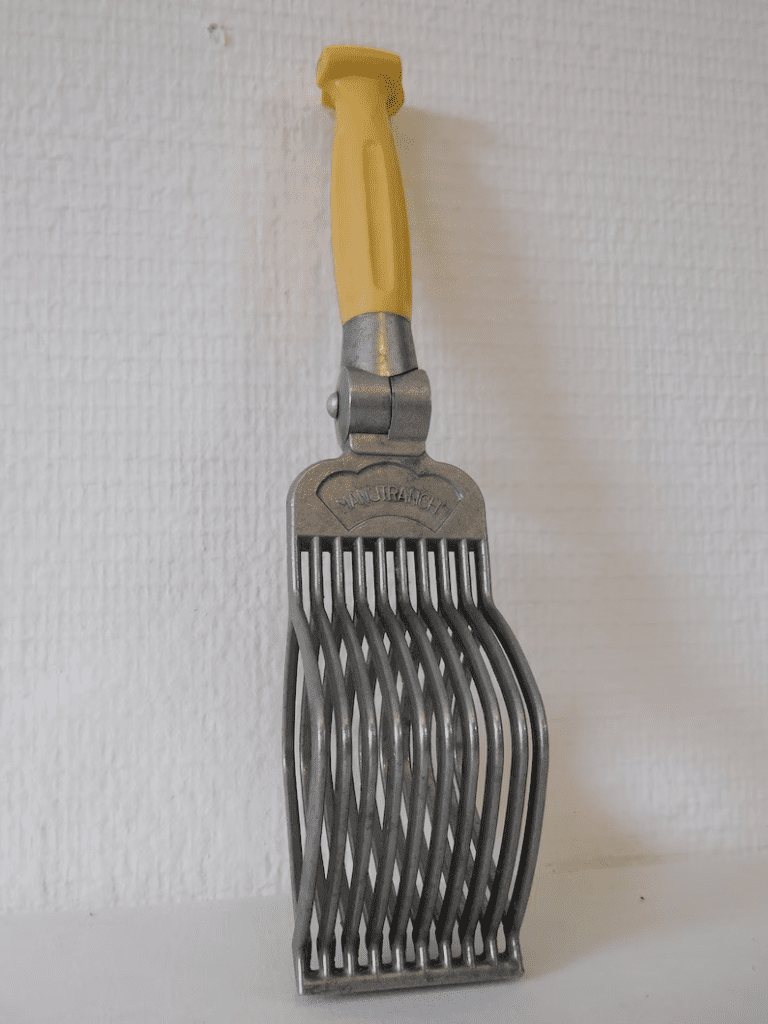
Vintage meat cutters are not just functional but also visually appealing. Their classic designs often feature ornate details and durable materials like cast iron and stainless steel. The machines’ sturdy construction, with smooth hand-cranks, heavy bases, and elegant slicing mechanisms, adds a touch of nostalgia to any kitchen.
Many vintage meat cutters have found new life as decorative pieces in kitchens, restaurants, and even museums. Displayed as centerpieces, they serve as a testament to the craftsmanship of a bygone era, showcasing the beauty of early mechanical ingenuity. The appeal of these vintage tools lies not only in their functionality but also in the historical story they tell—a story of innovation, craftsmanship, and a passion for culinary perfection.
Why Vintage Meat Cutters Are Still Cherished Today
The enduring legacy of vintage meat cutters can be attributed to their versatility, durability, and nostalgic charm. Even in today’s modern kitchens, where high-tech appliances abound, these vintage tools maintain their appeal. Here’s why they’re still beloved:
- Reliable Performance: Despite technological advances, many cooks believe that vintage meat cutters provide a unique quality of slice, particularly for charcuterie and deli meats. Their manual operation allows for a level of control that some modern machines cannot match.
- Collectible Value: Vintage meat cutters, especially early models from renowned manufacturers like Berkel, have become highly sought-after collectibles. They represent a tangible connection to the history of the culinary arts, making them prized possessions for both collectors and chefs.
- Sentimental Significance: For many, using a vintage meat cutter evokes memories of simpler times, when food preparation was a more hands-on, deliberate process. It’s a way to honor the past while still appreciating the practicality and craftsmanship of these well-made tools.
Conclusion
The vintage meat cutter is more than just an old-fashioned kitchen appliance; it’s a piece of culinary history that symbolizes ingenuity, craftsmanship, and efficiency. From its origins as a manually operated tool in the late 19th century to its role as a cherished collectible today, the meat cutter has played a pivotal role in transforming food preparation. Its impact extends beyond functionality, representing a nostalgic connection to the past and a lasting inspiration for modern kitchen tools. As both a practical device and a historical artifact, the vintage meat cutter stands as a testament to the timeless value of well-designed culinary tools
